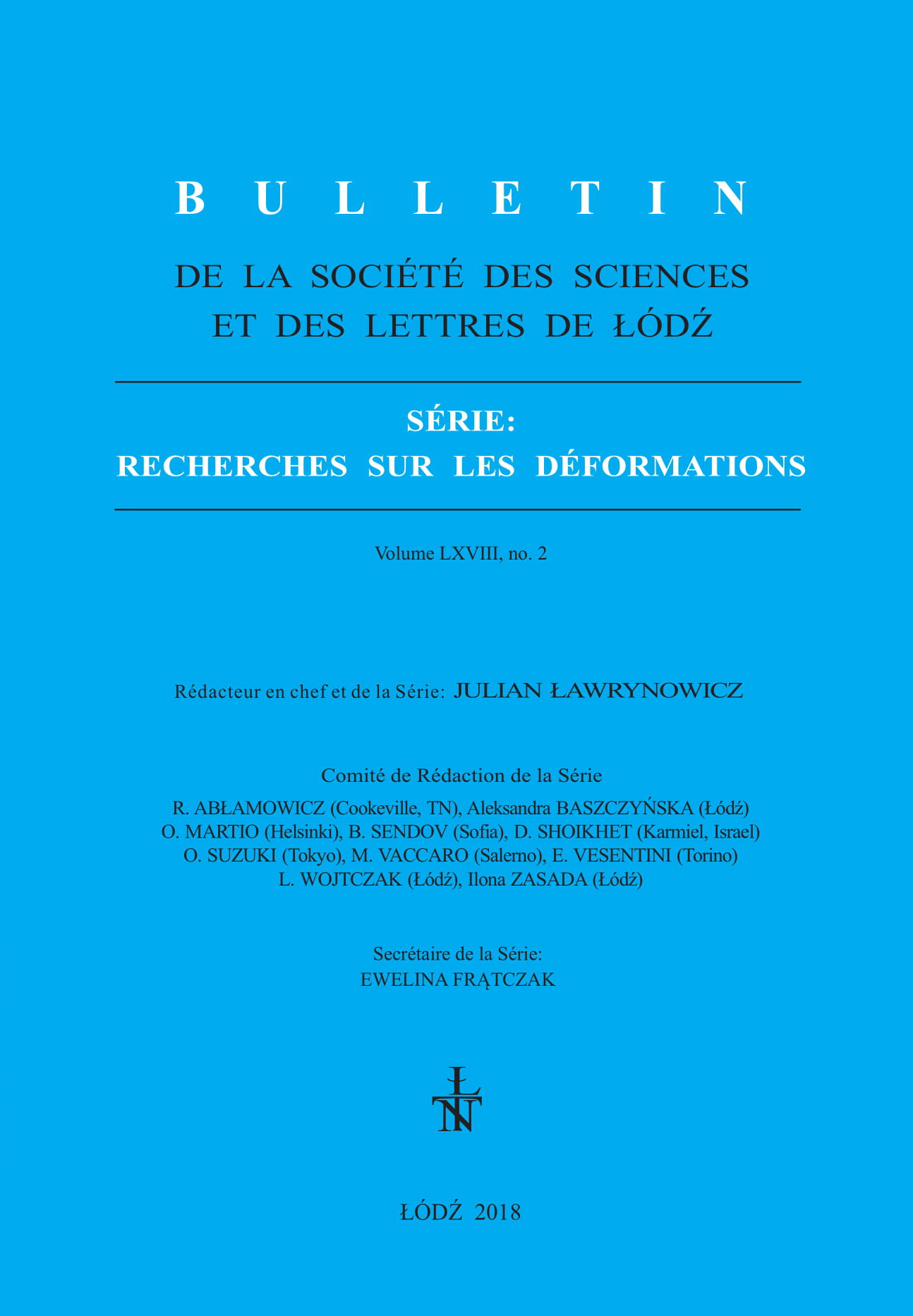Some geometrical aspects of binary, ternary, quaternary, quinary and senary structures in physics
DOI:
https://doi.org/10.26485/0459-6854/2018/68.2/11Keywords:
finite-dimensional algebras, associative rings and algebras, binary physical structure, ternary physical structure, quinary physical structure, senary physical structure, pentacene, polymerAbstract
It is observed that quinary and senary structures like in pentacene and several other polymers may be composed from binary and ternary structures in the sense of differentialequational and geometrical description. In the case of pentacene its leaves are attached to the silicon background and have the form of five connected carbon-hydrogen hexagons; in total they do not form the precisely planar structure but a slightly wavy structure which minimizes total energy. In the case of a quinary structure the leaves form solitary, nearly periodical zigzags and meanders.


